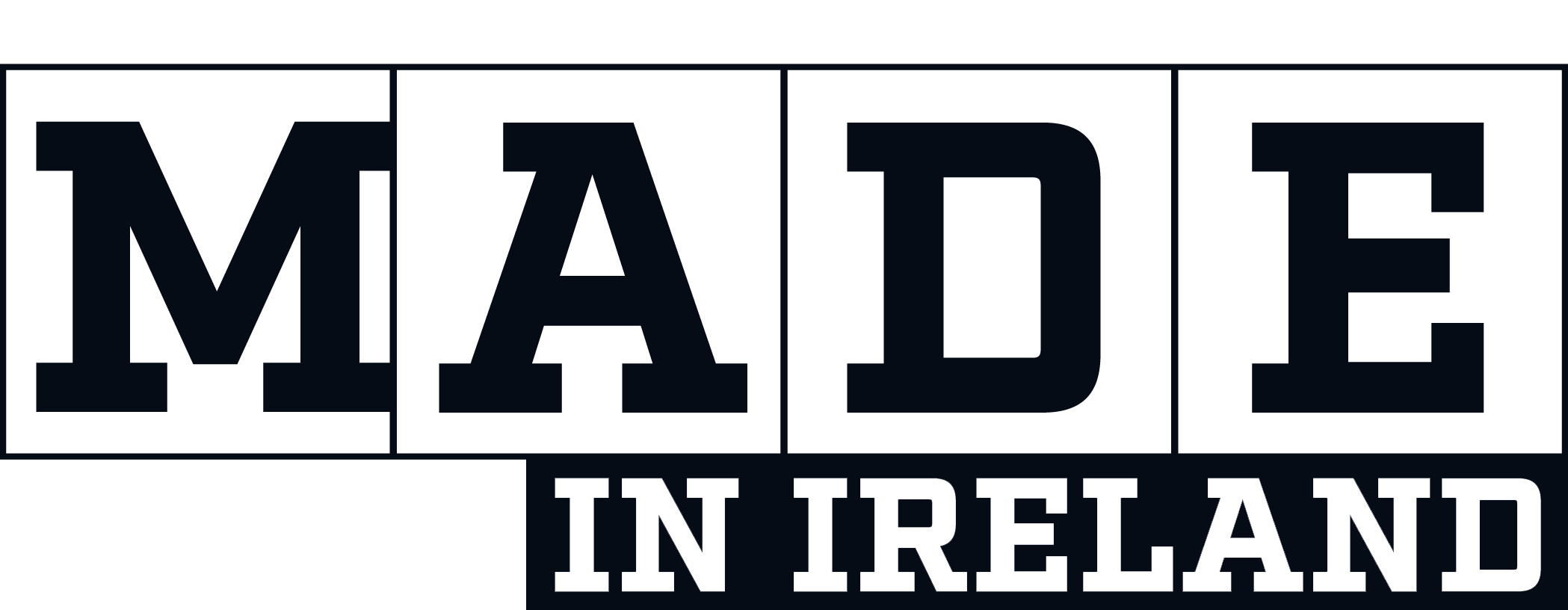This innovation aims to further improve the accuracy of diagnosing congenital cataracts – the leading cause of avoidable childhood blindness worldwide – when babies are examined in maternity wards shortly after their birth.
Ongoing Clinical Trials for Newborn Eye Imaging
A prototype of the Neocam ophthalmic imaging device is currently being evaluated in a multi-centre clinical trial funded by the National Institute for Health and Care Research (NIHR) as part of the Digital Imaging versus Ophthalmoscopy (DIvO) study.
This five-year study, involving 30 NHS maternity units across England, aims to determine whether Neocam’s digital imaging technology can improve the detection of congenital cataracts compared with the standard ophthalmoscope test, which uses a bright visible light.
Although the final study outcomes are not due to be reported until 2027, the team has already noted some early positive findings. For example, several babies have been diagnosed with rare but significant visual conditions that were missed by the standard screening tests being done at the same time.
Image Quality Feedback via Built-In AI
The new AI feature will enable Neocam to immediately assess the quality of images as they are taken, providing instant feedback to maternity staff on whether a captured image is clear enough for accurate evaluation.
If an image does not meet the quality required, users can simply retake it. In future, the AI could also potentially be developed to alert the screening midwife or GP to a possible cataract or other eye abnormality but this is not the prime objective for the first AI model.
Machine Learning Model Training with DIvO Data
The software engineering team at 42T will use 46,000 de-identified images from the DIvO study to train the machine learning model. The aim being to integrate the new edge AI algorithms into the first commercially-available eye screening units so the AI-powered eye screening device can analyse images using its existing processing capability – without added costs, needing any hardware redesign or impacting device performance.
Early-Stage Funding and Support for Device Development
The AI development project is being funded jointly by 42T and with an innovation grant from Addenbrooke’s Charitable Trust (ACT), which also helped fund early development and testing of the first prototype device called CatCam.
Louise Allen, consultant paediatric ophthalmologist at Addenbrooke’s Hospital, Cambridge and Neocam’s inventor said: “This novel eye screening technology has been designed to be an affordable, easy-to-use tool to improve the accuracy of diagnosing congenital cataracts in babies. The new added AI feature will build on 42 Technology’s previous design and development work, while ensuring the AI-powered eye screening device is even easier for midwives and GPs to use when it is launched commercially.”
Design Contributions and International Field Trials
42T was appointed in 2018 to help support development of the Neocam prototype, from initial design to clinical trials.
The company played a key role in developing the industrial design, user interface, system architecture, optics and electronics, as well as producing 60 prototype Neocam units for early field trials by the London School of Hygiene and Tropical Medicine in sub-Saharan Africa.
Understanding Cataracts and Retinoblastoma
Congenital cataracts cause opacity within the eye lens and are a leading cause of childhood blindness worldwide. They affect 1 in 3,000 babies in the UK. Early diagnosis and treatment within the first few months of life are critical in preventing blindness.
Retinoblastoma is a rare but serious eye cancer, usually affecting children under five. It can be life-threatening but it is curable, if detected early, and a child’s vision can be saved.
Limitations of Red Reflex Testing in New-borns
The red-reflex test is a standard new-born eye screening method that detects congenital cataracts and retinoblastoma by assessing light reflections from the back of the eye, similar to the ‘red eye’ effect in flash photography.
In the UK, all new-borns are screened within 72 hrs of birth (by midwives), then again at 6 to 8 weeks (by GPs).
The current ophthalmoscope-based test can be challenging to perform, particularly in new-borns and babies with darker eyes where pigmentation affects how the reflex appears, leading to misdiagnosis or missed cases.
Also, the bright light used in ophthalmoscopes causes pupils to constrict and babies to close their eyes. Studies suggest that up to one third of congenital cataract cases may be missed using current screening methods.
Also, standard ophthalmoscopes do not capture images, making it impossible to determine whether an abnormality picked up at a later screening was present at birth or developed later. This can also potentially delay diagnosis and treatment.
Advanced Imaging for Consistent and Reliable Screening
The technology was invented by Dr Louise Allen because of her frustration at the number of cataracts being missed at screening or misdiagnosed, causing lifelong visual impairment or putting parents through unnecessary worry.
Unlike traditional screening methods, the camera uses invisible infrared (IR) light to provide more consistent, high-quality reflections from the back of the eye for more reliable diagnosis.
IR is not affected by eye pigmentation, which reduces false positive in babies from ethnic groups with darker eyes. The device also captures permanent digital images allowing specialists to review cases remotely and to ensure a clear medical record from birth.
As a low cost, hand-held solution, the technology has the potential to transform screening globally, particularly in remote areas and low- and middle-income countries where access to specialist care is limited. Its new AI-powered feature will help ensure ‘right-first-time’ image capture, avoiding unnecessary recalls for repeat screening and enhancing the overall value of this AI-powered eye screening device.












